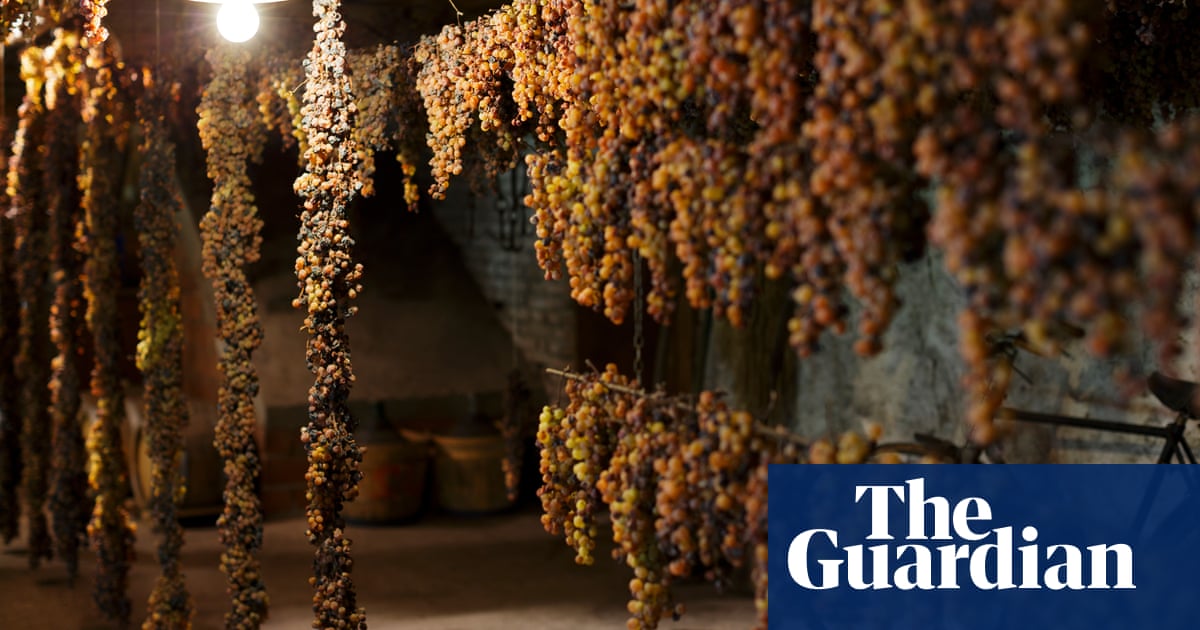
Zuccardi Concreto Malbec, Paraje Altamira, Uco Valley, Mendoza, Argentina 2019 (from £25.99, robertsandspeight.co.uk; farehamwinecellar.co.uk; hicwinemerchants.com) One of the many eccentricities that, depending on your perspective, make wine either an endlessly engaging or a needlessly fussy pursuit, is the influence of the different vessels used in its production. In choosing what to ferment and/or age their wine in – stainless steel tank, oak barrel, clay amphora, concrete egg, glass demijohn – the winemaker is acting a little bit like a chef choosing whether to use a hob, a grill, an oven, or an open flame, and the differences can be no less pronounced. Winemakers are no less prone to fashion than their chef colleagues either, with the different materials falling in and out of favour depending on whichever aesthetic is currently in vogue. Lately, for example, there’s been a surprising revival of a material that had for decades been beyond the pale, concrete, as used in wines such as Zuccardi’s exquisitely lithe, subtly floral-herbal, pure-fruited malbec.
Celler del Roure Cullerot, Valencia, Spain 2022 (£15.50, nywines.co.uk; thefinewinecompany.co.uk) The reason why so many winemakers, many of them producing some of the world’s most in-demand fine wines in places such as Bordeaux, Napa or Piedmont, have taken to concrete is not because they like the vogueishly brutalist look of the tanks in their winery (although, it has to be said, there is something gorgeously tactile about the material, especially when it’s been shaped, as many are these days, like an egg). What these winemakers like is the way concrete offers some of the properties of an oak barrel (like oak, it’s porous, so it allows for the same, wine-softening effects that come from the interaction with small amounts of oxygen), without imparting any flavours of its own (as oak, especially young or highly toasted oak, will do). Other winemakers have gone back even further in time to a material with similar benefits to concrete that was used in the very first winemaking 6,000 years ago: clay, as in the Spanish tinajas used to age Celler del Roure’s wonderfully citrus grove-scented dry white blend.
Muga Rioja Blanco, Rioja, Spain 2022 (£12.99, or £10.99 as part of a mixed case of six bottles, majestic.co.uk) Clay and concrete may be the most fashionable, and stainless steel the most widely deployed, but oak’s role in winemaking is far from over. It is still used in a majority of the world’s finest red wines, and no small number of the best whites, too, and barrels of all sizes, from the 225-litre Bordeaux barrique to huge foudres (France) and botti (Italy) that can hold up to 30,000 litres, are still very much a part of most wineries’ inventories. While many winemakers now prefer to work with older barrels which do the slow oxygenating work while imparting little or no oak flavour, there are many who prove that there are aspects of the way wine works with oak that you can’t get with any other material. There’s no better place to experience the combination than Rioja, with such deftly worked wines as Muga’s gently creamy, orchard-fruited white, or the soft, savoury, coconut-infused-blackberry of red Beronia Reserva Rioja 2018 (£14.99, Waitrose).












